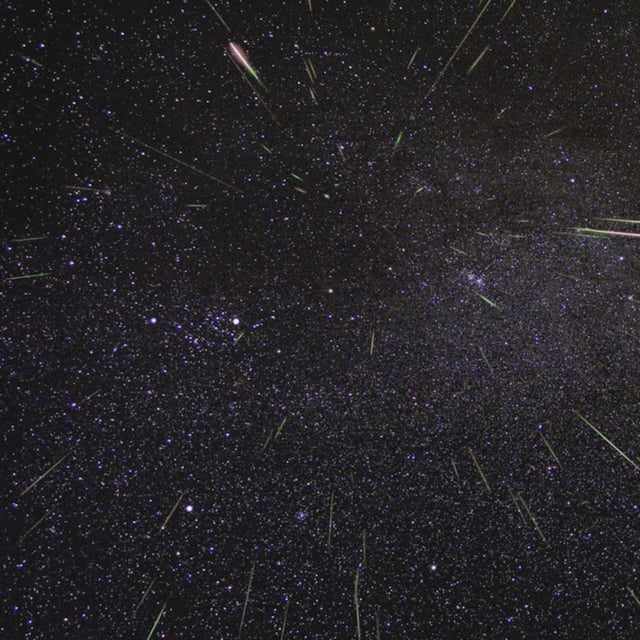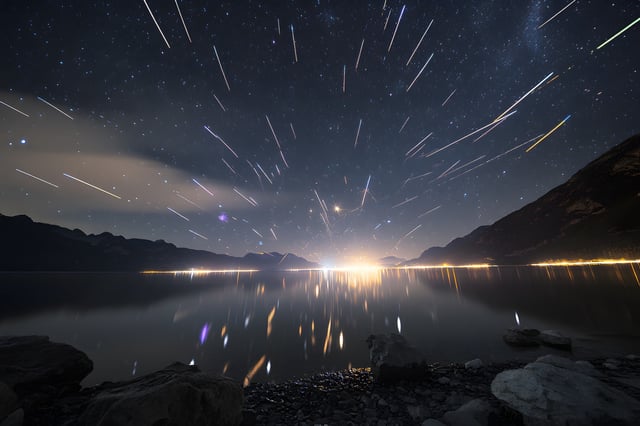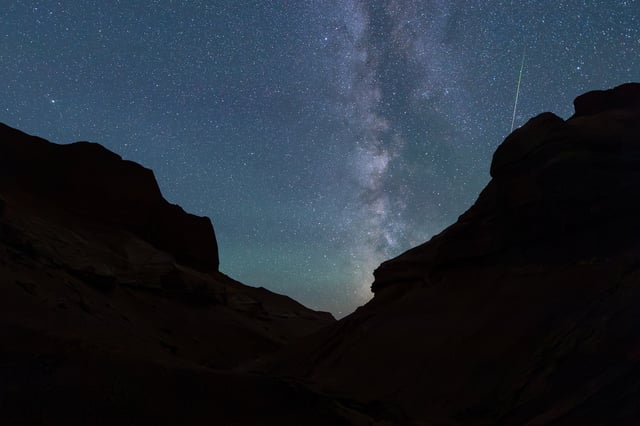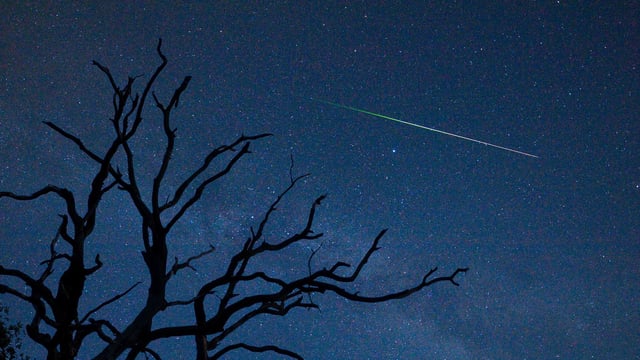Overview
- The Perseid shower will run from July 17 through August 23, with its peak night forecast for August 12–13.
- An 84% full waning gibbous moon during the peak is expected to wash out fainter meteors and lower visibility.
- Under optimal dark-sky conditions, viewers can still see 50 to 100 meteors per hour, including occasional bright fireballs.
- The display is created by Earth passing through debris left by Comet 109P/Swift-Tuttle, with meteors appearing to radiate from Perseus.
- Experts advise heading to rural, light-free areas and focusing on viewing windows of July 18–28 and mid-August for best contrast.



